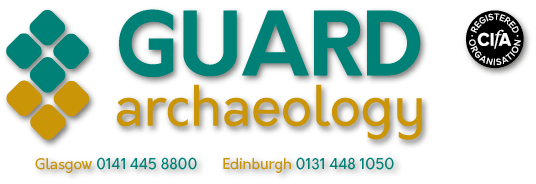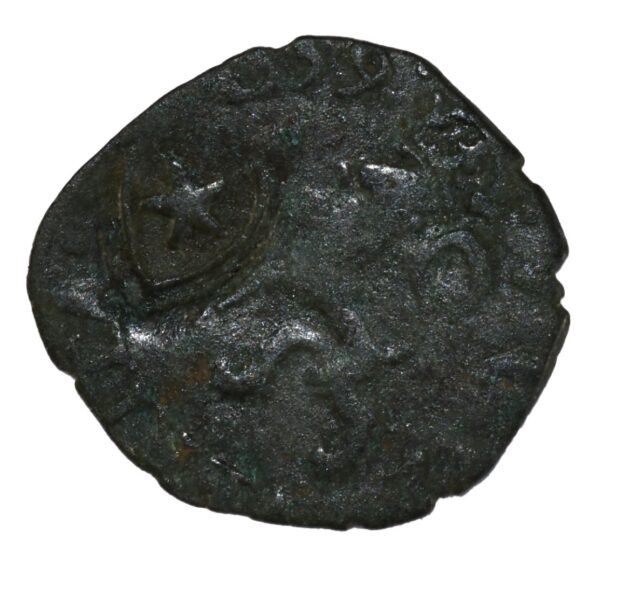Some of the most interesting finds from GUARD Archaeology’s 2020 excavations at Constitution Street in Leith (which were undertaken in advance of the Edinburgh Tram construction) are the coins. Not only do they provide a rough date but also shed light on individual histories and economic life.
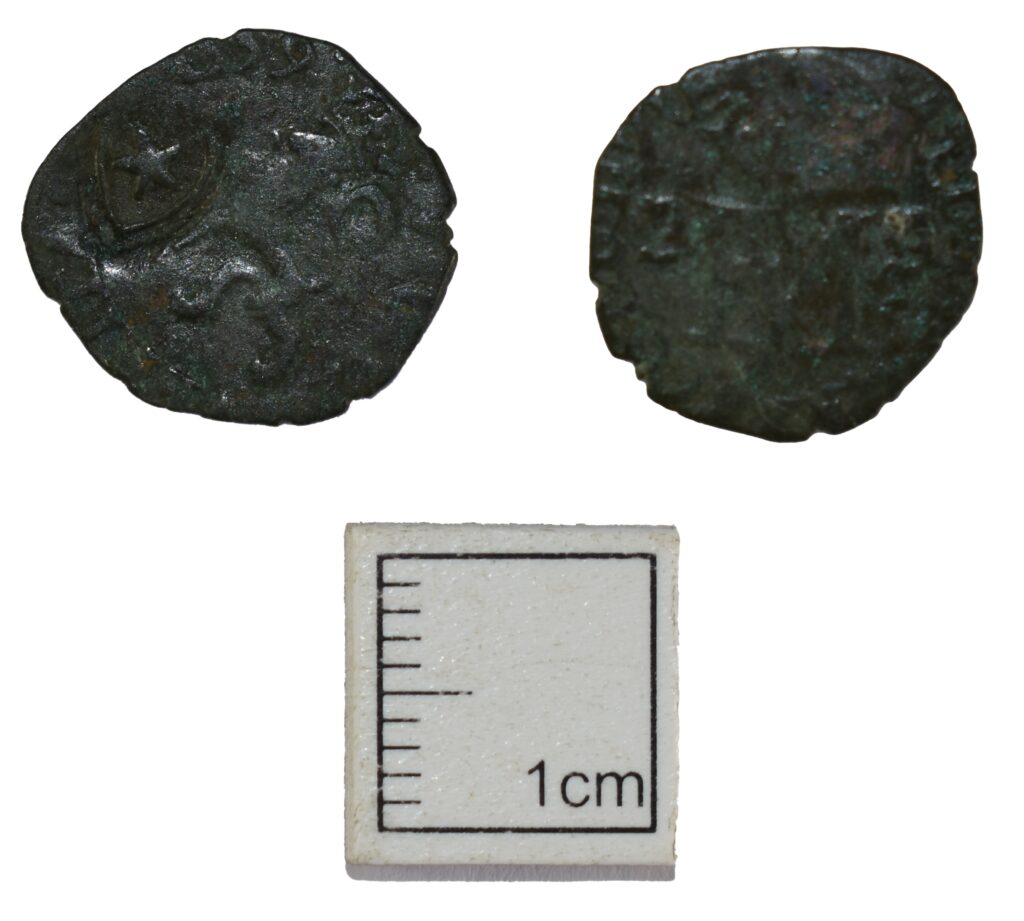
For instance, this silver two-pence coin, a billon lion or hardhead of Mary Queen of Scots and Francis II of France from 1559. In 1575 counter marking was done to combat the high number of forgeries in circulation, this coin has been marked with a heart and star. Can you spot the dolphins either side of the FM monogram?
Did you know that Mary Queen of Scots was betrothed to Francis in 1548 when she was 6 years old and he was 4 years old? And that Mary Queen of Scots on her return from France as a young widow first landed in the port of Leith on 19 August 1561?
Most of the coins found during our excavations in Leith were of low value billon and copper coins and were used as small change alongside the Scottish copper issues.
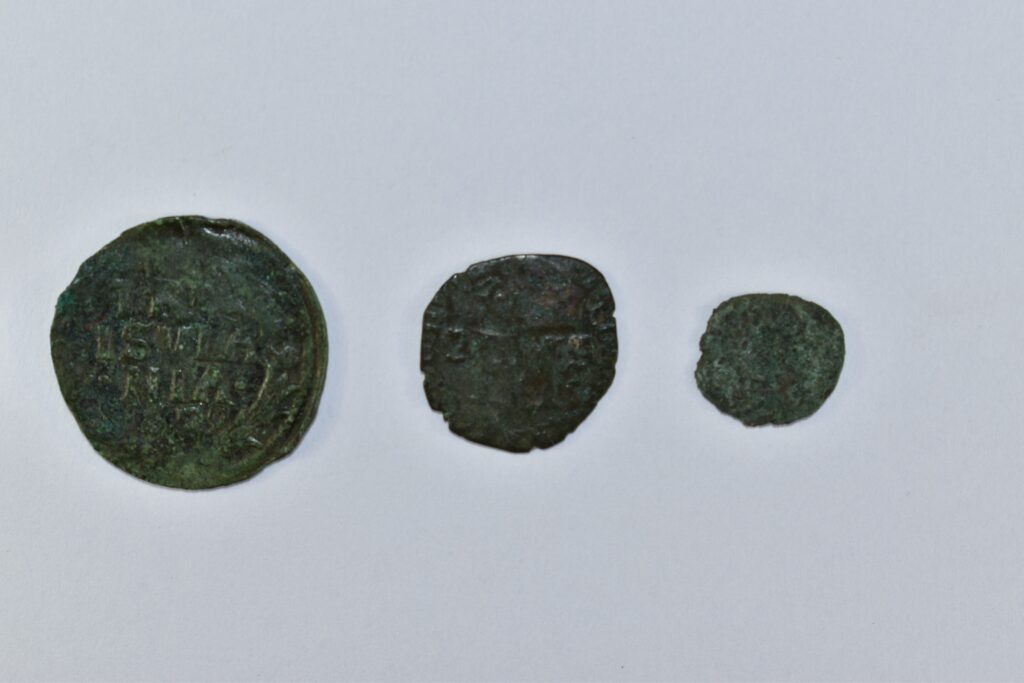
Other coins found on site include this hammered copper-alloy ‘ecclesiastical’ farthing from the reign of James III, dating to the 1470s to early 1480s. These copper coins were extremely unpopular in Scotland with numerous complaints recorded in burgh records and parliamentary petitions. However, large numbers of these coins were exported to the Low Countries where they circulated widely.
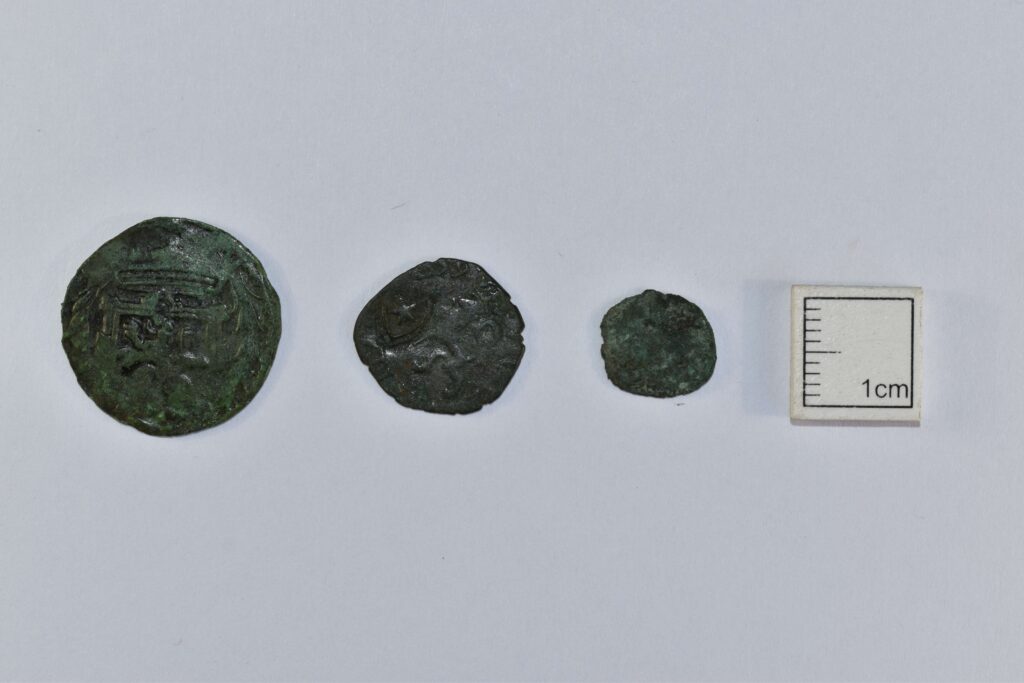
A Dutch duit from the province of Overijssel was also found during excavation. This hammered copper-alloy coin dates to 1628 and has been commonly found in urban assemblages across Scotland, showing the strong trade links between Scotland and the Dutch province.
